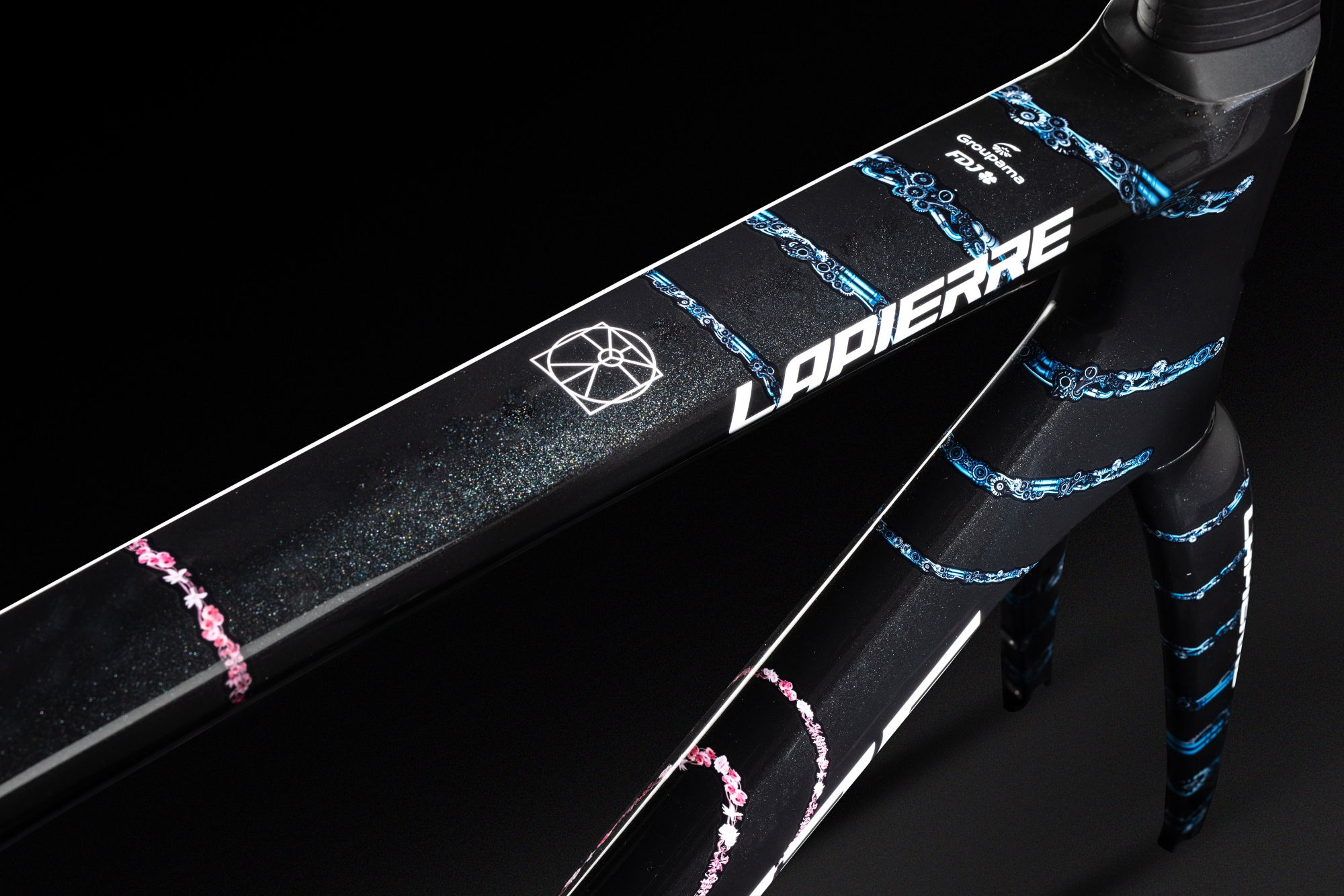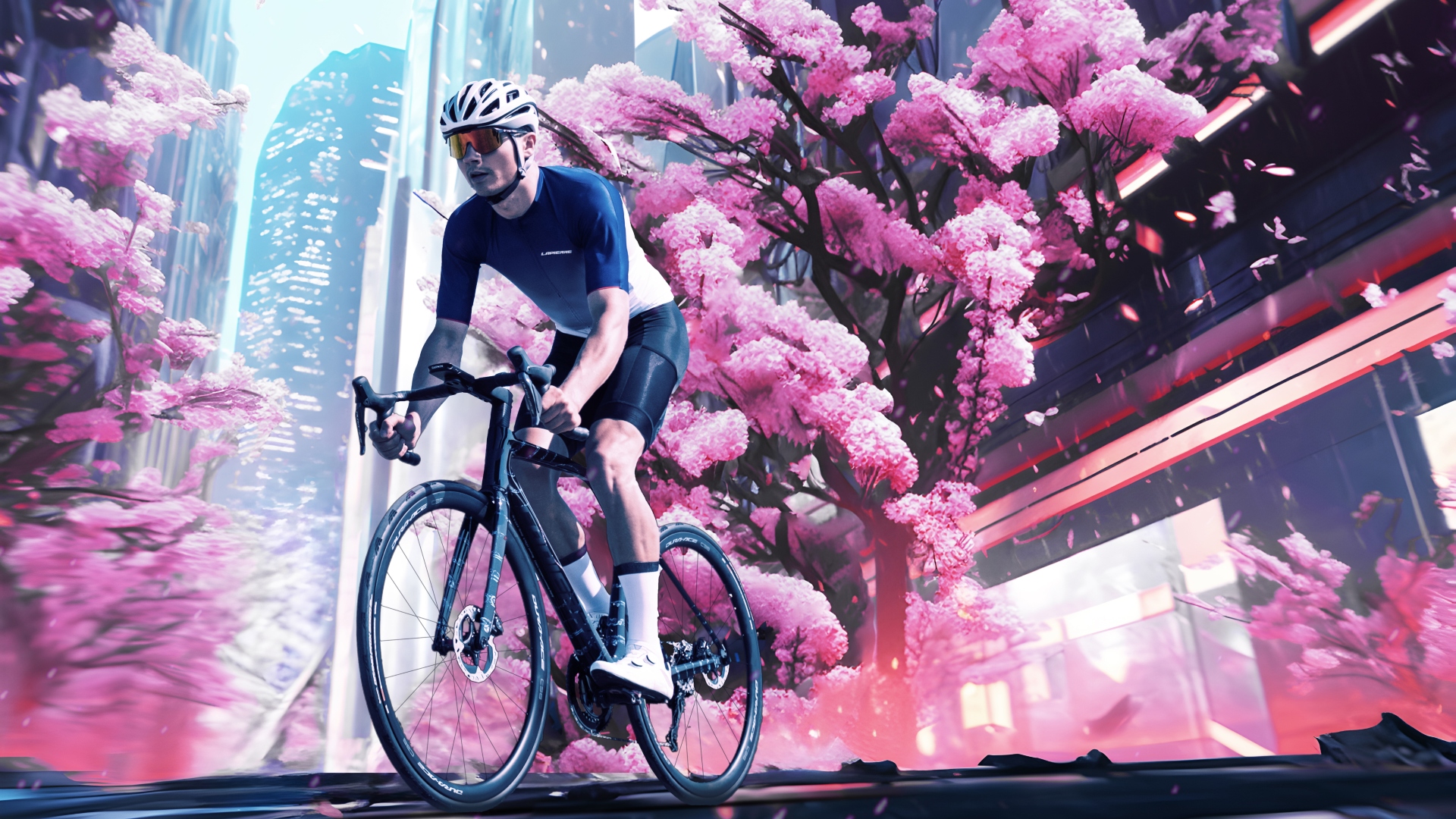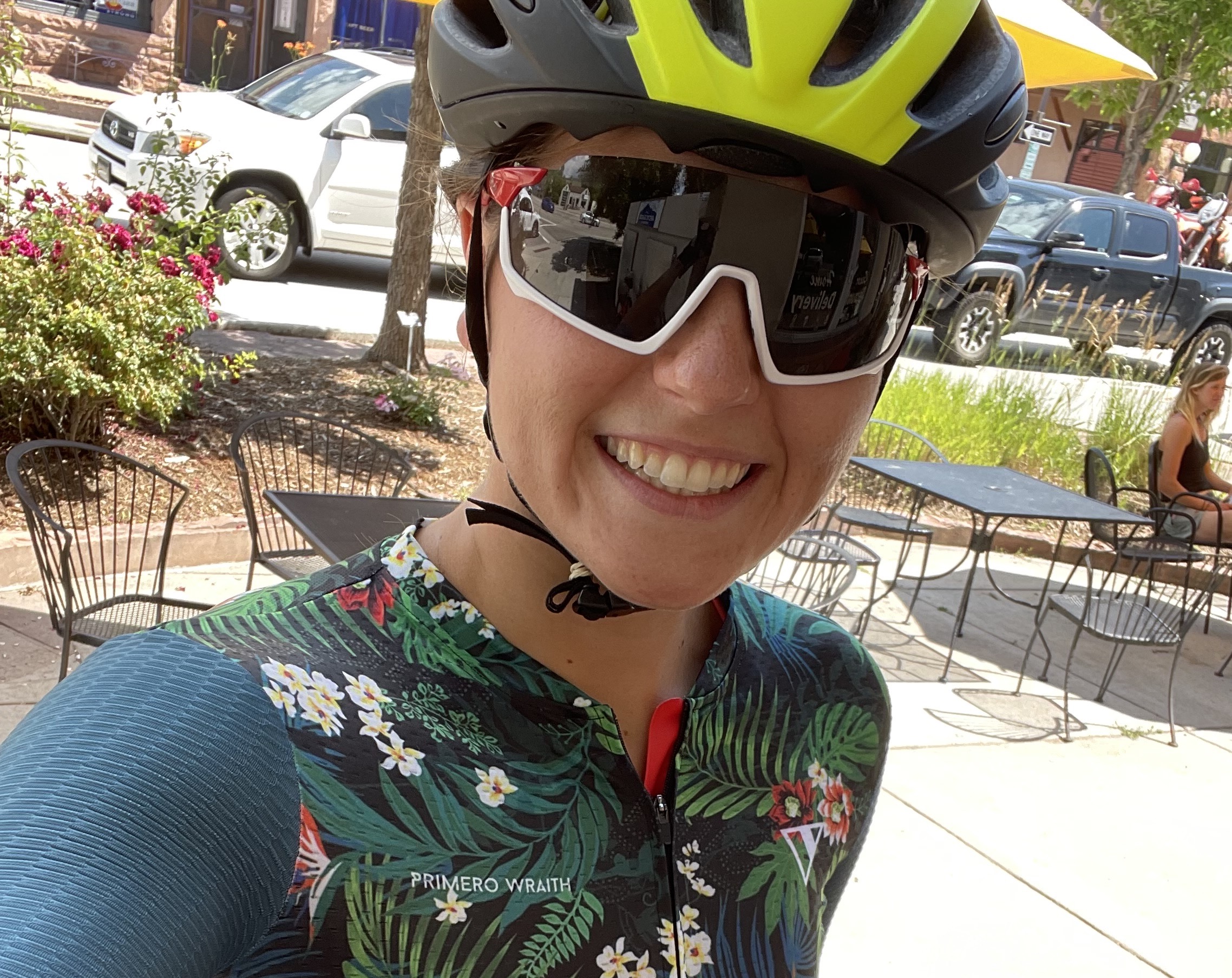From coaching to bike fitting and doping control, here are 5 ways AI is being used in cycling
The future is here. Artificial Intelligence capabilities are expanding further into the cycling industry with each year


AI, or artificial intelligence, has been making big waves in the past couple of years for its astoundingly human-like abilities: drafting an entire essay with just a few talking points, creating a realistic video with no digital creators at all, and writing and analyzing workouts for athletes in a variety of sports.
Some fear that AI is wrongly replacing jobs and skills that are best done with a human touch, while others are embracing the efficiency of this new technology. AI is becoming pervasive in nearly every aspect of life, and cycling is no different. Take a look at five ways AI has entered the cycling industry and decide for yourself if you’re “for” or “against” this new era.
COACHING

Even with all the intricacies that come with being a good coach, AI has come far enough to supplement a human coach - or in some cases replace completely. There are a handful of AI cycling coaching tools on the market today like Whoop Coach, which uses OpenAI’s “most advanced generative AI system” to provide personalized coaching based on the data shared and by responding to questions posed by the Whoop user.
Other completely AI options for cyclists include FasCat Coaching, used by the likes of former pro cyclist Phil Gaimon and The Breakaway. In the case of FasCat, “Coach Cat,” an AI coach, analyzes the data uploaded by cyclists and asks questions about how the rider felt during the day’s session to provide other workouts for the week.
In most cases, AI coaches cost per year what a human coach costs in a month - FasCat costs about $300/year. But then again, AI coaches don’t have a living to make, and they can’t have a deep conversation with you about the magic of getting lost on some back roads on your gravel bike for the fun of it.
SMART BIKES

Although some days it may already seem as though our bikes have minds of their own (since when did pedaling become so hard… surely it’s the bike’s fault…), a recent Shimano patent indicates that the company believes an AI-based smart bike could be a reality in the near future.
The patent details a “learning model” that uses AI to control dropper seatposts, front suspension and saddle tilt. The actual AI would be nested in a small screen attached to the handlebars and would learn about a rider’s preferences via “like” and “dislike” buttons as the AI adjusts the bike.
The latest race content, interviews, features, reviews and expert buying guides, direct to your inbox!
The initial patent suggests the AI is for a gravel or mountain bike, but some features such as saddle tilt and dropper posts could be applicable to the road.
BIKE FITTING

Similar to coaching, it’s hard to believe that something as precise and individual as bike fitting could be replaced by AI, and yet, here we are.
Apps like MyVeloFit aim to make bike fits affordable and accessible by leveraging AI technology. Fitting one bike with MyVeloFit is $35 - with an “unlimited bikes” option for $75 - and can be done entirely from the comfort of home.
The gist of MyVeloFit is: You upload a video of yourself riding or doing some basic exercises and the app then analyzes your content before providing feedback and recommendations. You can upload videos of you riding from your phone right into the app, as well.
Once your rider profile is built, MyVeloFit recommends adjustments based on measurements highlighted in green, yellow or red to indicate what needs to be changed. The app also explains the changes and guidance. MyVeloFit can fit road, gravel, mountain, hybrid, triathlon, time trial and spin bikes.
While you are then on the hook for making the recommended changes, or capturing them and taking to a bike shop, for those who do not have a vetted human bike fitter near them, something is likely better than nothing
LIVERY DESIGN

AI-created “paintings” and “photos” have been circulating the Internet for quite some time now, and cycling livery brand Lapierre took full advantage of AI’s design creativity in 2023 by asking AI to create Groupama-FDJ’s frame design for the Tour de France.
The AI influence from Lapierre is purely a special edition livery for the Xelius SL 10.0. The new 'Symbiosis' special edition frame features a gloss black sparkly base color, and is covered with concentric circles of floral patterns as well as drivetrain-esque chains.
AI designs didn’t make this frame any cheaper though - those looking to own one would dish out more than $10,000 to add it to their bike collection.
ANTI-DOPING CONTROL

Although strides have been made in cycling with regards to cleaning up the sport’s doping problems of the 90's and early aughts, unfortunately, there will always be bad actors who try to get away with things they shouldn’t.
AI may come to the rescue in this case, as the World Anti-Doping Agency (WADA) and the Fonds de recherche du Québec (Québec research fund) announced in 2019 that the pair are providing funding for three separate, long-term projects that will explore the use of AI in catching dopers.
The first of these projects is with Dataperformers, a company founded in Montreal, Canada in 2013, in collaboration with a WADA-accredited lab in Paris. This research will explore the possibility of using AI to detect the use of prohibited substances and methods.
The second project WADA is funding will be carried out by Element AI, also based in Montreal, which will explore the risk of doping in athletes through the technology and then develop a sampling and testing method based on algorithms.
Lastly, the Centre for Genomics and Politics at McGill University in Montreal will look into how using AI to combat doping would be viewed by different stakeholders, in the hopes of guiding conversations between WADA, other anti-doping organizations, athletes and the public.
CONCLUSIONS

AI is very likely here to stay in multiple facets in cyclists’ lives — coaching, bike fitting and mechanics and anti-doping. However, there is something to be said for enjoying the in-person human interactions that are the hallmark of cycling: a group ride to the café, an espresso while working with your bike fitter on tiny tweaks or an in-depth conversation with a human coach about your hopes and dreams.
For those wanting to embrace AI in cycling — go for it; the resources are available and many are quality. But for those wanting to hang onto the human elements of riding just a bit longer, it’s safe to say that’s not going anywhere for quite some time.

Kristin Jenny is an elite triathlete based near Boulder, Colorado. Although most of her time is spent in aerobars somewhere in the mountains, she finds time to enjoy eating decadent desserts, hiking with her husband and dog, and a good true crime podcast.